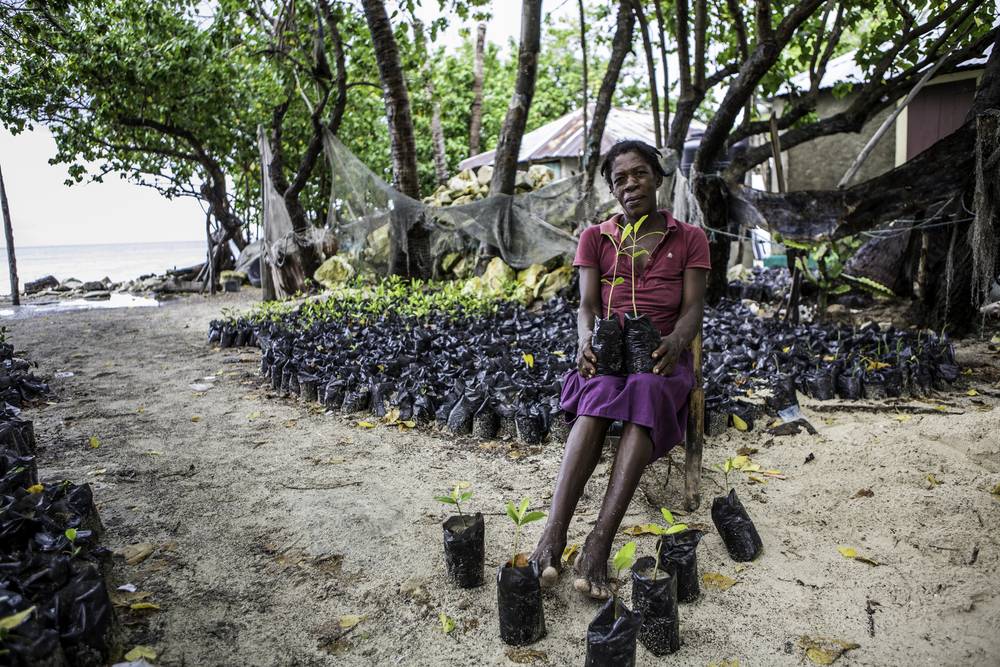
Mangrove forests, due to their rich soils are one of our most effective systems to absorb and store carbon. In fact, they can store three to four times more carbon on an area basis than most terrestrial forests. Not only that, they will store soil carbon for centuries to millennia.
Well – the answer may surprise you. Rather a lot. Mangrove forests due to their rich soils are one of our most effective systems to absorb and store carbon. In fact, they can store three to four times more carbon on an area basis than most terrestrial forests. Not only that, they will store soil carbon for centuries to millennia.
Mangroves can of course also help us meet our climate goals. Countries have all agreed on national pledges or plans of action that reflects the country’s climate action ambition. However, current aggregated pledges are not enough to reach the emissions reductions goals of the Paris Agreement. This global emissions gap creates a need for, and indeed an opportunity to, scale up natural climate solutions.
The restoration and/or protection of natural ecosystems such as mangroves can make a significant contribution. Under the Paris Agreement, in 2020, and every five years thereafter, nations will be requested to re-submit their NDCs – each time with revised and more ambitious actions and targets.
So far, 29 nations have identified mangrove restoration as a part of their commitments for climate mitigation. It is clear from the MRP Map, however, that restoration could be significantly increased, both within these 29 countries, and by many others.
An ecosystem that provides an efficient and self-sustaining sea defences, while at the same time adding trillions of fish each year to coastal waters, and helping the climate is clearly an opportunity we can’t afford to lose.
Read The Nature Conservancy’s policy briefs for a summary document describing the outcomes from the work and the opportunities they present for influencing international policy.